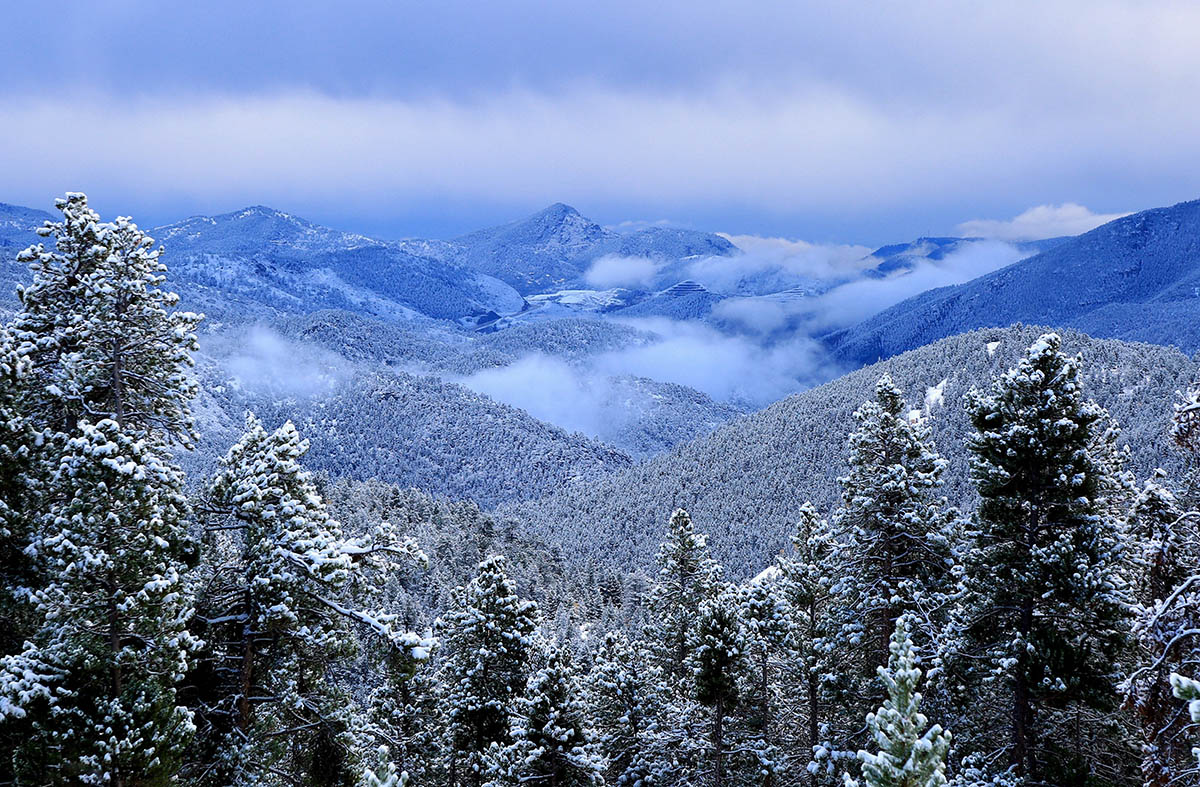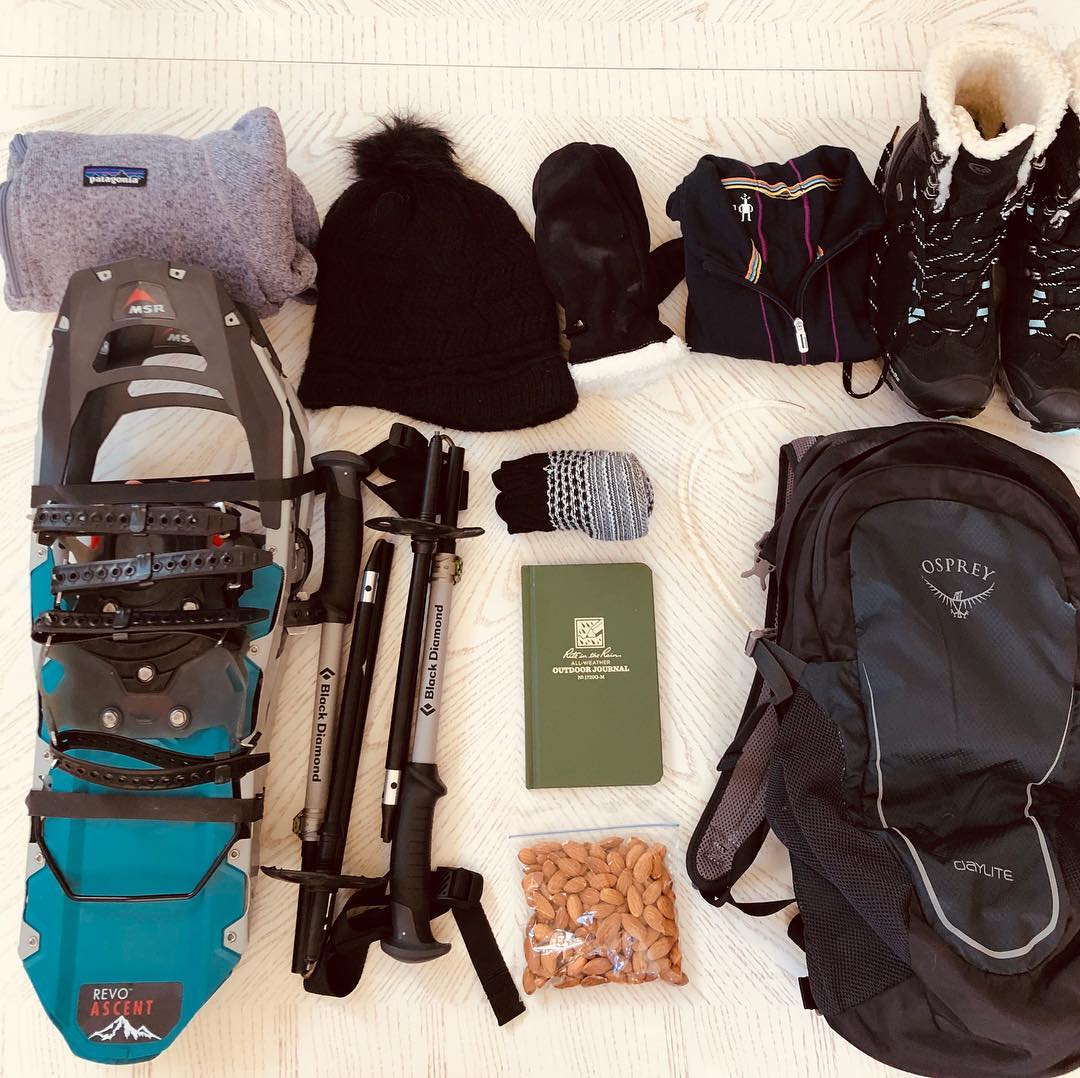How to Handle Snow and Ice
Handling snow and ice on 14ers requires some outdoors knowledge.
While certain compacted snow conditions allow mountaineers to progress on foot, typically some form of mechanical device is required to travel efficiently over snow and ice.
Please print this card, fill it out, leave it face down on your dashboard, as the information provided will assist local authorities in case of emergency.
Check the area weather and levels of avalanche danger – Know before you go.

Snow + Ice Tips for Your Advantage
Crampons are devices having 10-12 spikes that are attached to a mountaineer’s boots, are used on hard snow (neve) and ice to provide additional traction and allow very steep ascents and descents. There are many different varieties, ranging from lightweight aluminum models intended for walking on glaciers to aggressive steel models intended for vertical and overhanging ice and rock.
Snowshoes can be used to walk through deep snow approaching the mountain or on lesser slopes up the mountain. Skis can be used almost everywhere snowshoes can and also in steeper, more alpine landscapes although it takes more practice to develop sufficiently strong skiing skills for difficult terrain.
The practice of combining the techniques of alpine skiing and mountaineering to ascend and descend a mountain is a form of the sport by itself, called Ski Mountaineering. Ascending and descending a snow slope safely requires the use of an ice axe and many different footwork techniques that have been developed over the last hundred years, originating in Europe.
The progression of footwork from the lowest angle slopes to the steepest terrain is first to splay the feet to a rising traverse, to kick stepping, to front pointing the crampons.
The progression of the ice axe technique from the lowest angle slopes to the steepest terrain is to use the ice axe first as a walking stick, then a stake, then to use the front pick as a dagger below the shoulders or above, and finally to swing the pick into the slope over the head. This also involves different designs of ice axes depending on the terrain to be covered, and even whether a mountaineer uses one or two ice axes.
Be Prepared! The elements can shift quickly in the Rocky Mountains.

Clear Creek County is the gateway to the Rocky Mountains. Located just west of Denver along Interstate 70, Clear Creek has 396 square miles of public lands to explore, as well as four mountain peaks above 14,000 feet. Clear Creek is comprised of charming mountains towns Idaho Springs, Downieville, Lawson, Empire, Georgetown, and Silver Plume, which are all along the I-70 corridor. Learn more about Clear Creek County here.